I’ll explain which fish can coexist with medaka, and discuss whether they can be kept with loaches, goldfish, and tropical fish.
Any Fish Can Coexist with Medaka as Long as They Don’t Attack or Eat Them
Medaka are omnivorous freshwater fish, so any fish that doesn’t attack or eat medaka can coexist with them.
For example, they can coexist peacefully with tropical fish like guppies, platies, corydoras, and neon tetras. Among native Japanese freshwater fish, medaka can coexist with tanago (bitterling), goldfish, and loaches as long as they are not big enough to eat them.
In fact, I have friends who keep medaka with corydoras and plecos.
Coexisting Medaka with Other Fish Isn’t Recommended
However, this is just in theory, and in practice, it’s not highly recommended to keep medaka with other species.
Especially among tropical fish, guppies and platies may carry diseases that native Japanese medaka aren’t immune to. Tropical fish are generally more resistant to diseases than medaka, so medaka may die from bacteria and parasites that tropical fish carry.
Larger fish, like goldfish or big cichlids, could also chase medaka even if they don’t eat them, which may cause stress to the medaka.
It’s okay to try keeping them together if you’re aware of these risks, and there are cases where people successfully keep medaka with guppies and neon tetras. However, it’s not advisable to carelessly mix medaka with other types of fish.
Fish That Are Relatively Safe to Keep with Medaka
Some fish generally cause no problems when kept with medaka. These include bottom-dwelling fish like corydoras and loaches. Since these fish live on the bottom of the tank, they rarely interact directly with medaka. Therefore, they’re less likely to compete or introduce diseases.
Loaches are particularly good partners because they eat leftover food and clean up after the medaka.
Algae-eating fish like plecos and otocinclus also usually coexist well with medaka. Goldfish, tanago, and crucian carp that are not much bigger than medaka can coexist as well. But keep in mind that goldfish and crucian carp grow quickly and will eventually reach a size that can consume medaka.
Loach
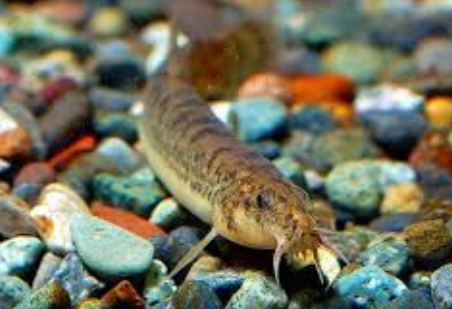
Loaches are the best-suited fish to coexist with medaka. They live at the bottom of the tank, while medaka prefer swimming near the surface.
Because of this, loaches and medaka don’t interfere with each other at all, making their coexistence quite successful. Loaches also eat food that sinks to the bottom, helping prevent water quality issues.
Otocinclus (Negro)
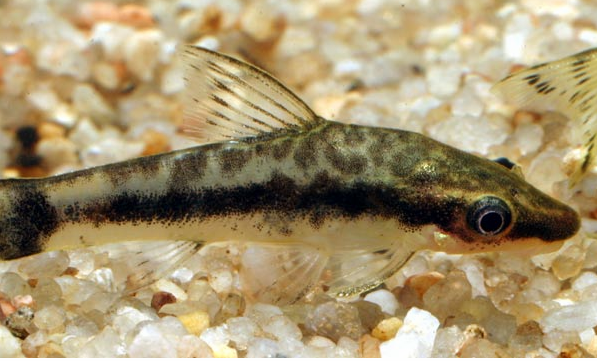
Otocinclus are small herbivorous tropical fish resembling plecos. They only grow to about 3 cm, so they fit well in smaller tanks with medaka.
I keep otocinclus with medaka in my tank, and they don’t interfere with each other, making them ideal partners. They also clean up leftover food.
The otocinclus negro that I keep looks similar to regular otocinclus. They cost more but are much sturdier and more tolerant of low temperatures, making them excellent companions for medaka.
Pleco
Plecos, like otocinclus and loaches, are also compatible with medaka. However, unlike otocinclus, plecos grow larger and need at least a 30-cm cube tank. Aside from that, they coexist just as well with medaka.
Corydoras
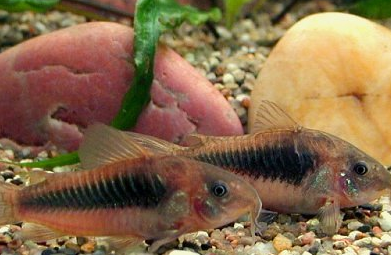
Corydoras, with downward-facing mouths and limited buoyancy, don’t interfere with medaka. However, larger corydoras can stir up the substrate, muddying the water. This once caused a medaka to die from illness, so they should be kept in a large tank.
Tanago and Crucian Carp
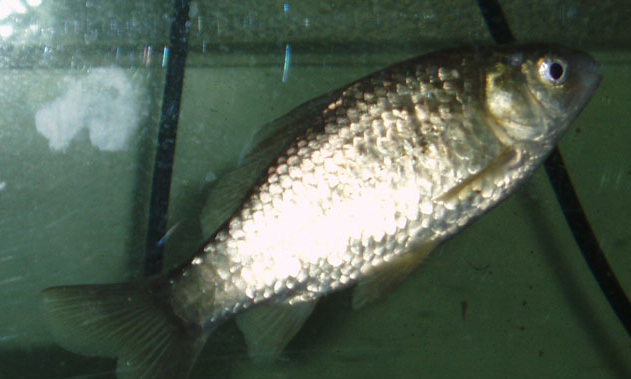
Tanago and crucian carp also coexist well with medaka. Be careful if they grow too large, as they may eat the medaka.
Goldfish
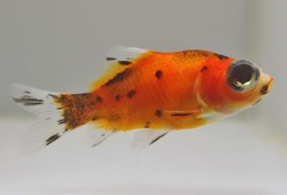
Goldfish can coexist with medaka if they’re not big enough to eat them, but it’s not generally recommended because they often carry various pathogens.
Goldfish can handle disease better than medaka, but their pathogens may still kill medaka.
Summary
Medaka can be kept with fish of a similar size, but they don’t swim well and shouldn’t be housed with aggressive fish. They are also vulnerable to diseases carried by other fish.
However, there are no issues keeping them with bottom-dwellers like corydoras, loaches, plecos, and otocinclus.
In conclusion, it’s best to keep medaka together with other medaka.
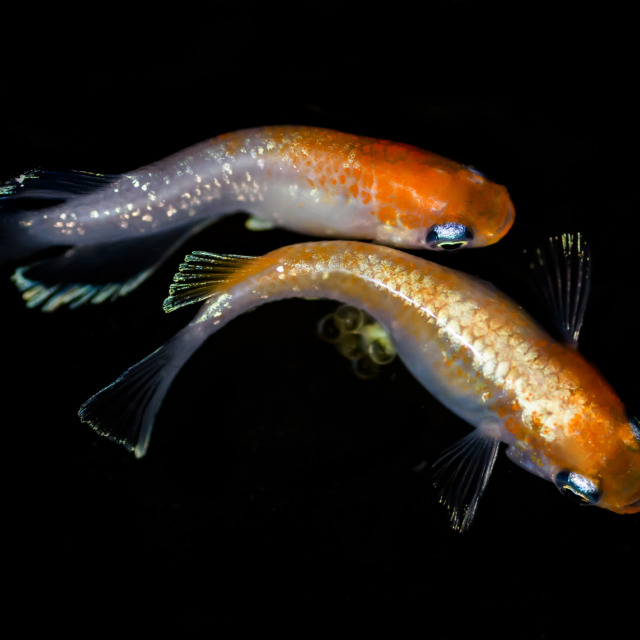










No comments yet.